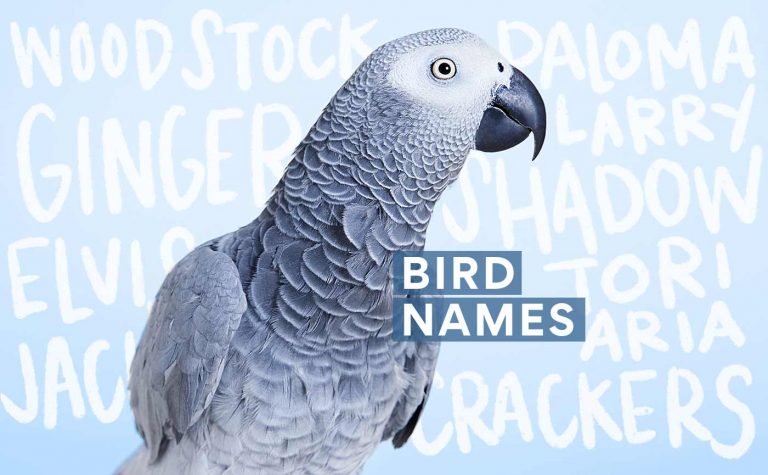Excerpted from “Ambrosia for the Hummingbird Gods” in “Popular Birding Series: Hummingbirds.”
I hate to be the bearer of bad news, but hummingbirds really don’t need us to feed them. They can get along quite nicely without our feeders. We feed hummingbirds for our enjoyment and, fortunately for us, these birds return in droves year after year to people’s patios and yards.
Types of Hummingbird Feeders
We feed hummingbirds so we can watch them, so it makes sense to place hummingbird feeders where you can view them easily. Window hummingbird feeders are great for this, and I put several styles all around my house.
I also hang bottle and basin hummingbird feeders from hooks under the eaves around the enclosed back porch where my family eats our meals. People have asked if hummingbirds fly into the windows because we have feeders so close to the house, but this has not been a problem.
Shady Locations
We spend time on a gazebo that overlooks our hummingbird gardens, and we hang eight bird feeders in the shade there. All are in partially or fully shaded areas. The shade also keeps the hummingbird nectar from spoiling as quickly as it would if it were in full sun.
If possible, hang the hummingbird feeders about head high, so you don’t need a ladder when refilling the bird feeders. This also keeps bird predators, such as cats, from having access to hummingbirds at feeders.
More Feeders, More Hummingbirds
Hummingbirds tend to dominate chosen feeders, and these little rascals will do everything they can to chase other birds from “their” feeders. One solution is to place bird feeders where a hummingbird can’t see more than one feeder at a time. Putting them on all sides of your home will help this problem.
If you want to attract hummingbirds in late summer and fall, put out more bird feeders.
Bob and Martha Sargent, founders of Hummer/Bird Study Group Inc., a nonprofit organization in Clay, Ala., band hummingbirds and train future banders in late summer and fall. At all of their training locations, Bob says, the hummingbird hosts maintain as many as 75 bird feeders in roughly a 30-foot-by-30-foot area.
Bob suggests clustering hummingbird feeders in close proximity to each other and using as many bird feeders as you can afford and maintain.
Hummingbird fans in the eastern half of the United States, take note. “Start increasing the numbers of feeders around the Fourth of July, which is when the first southbound migrants start to arrive in increasing numbers,” he says.
It’s not necessary to completely fill the hummingbird feeders until you start seeing empty hummingbird feeders, Bob adds.
“It’s important to not wait until you see more hummers in your yard to begin putting out more feeders,” he says. “The feeding and fighting sounds of many hummers at feeders will attract more and more hummers into your feeding area.”
Posted By: Chewy Editorial
Share:









